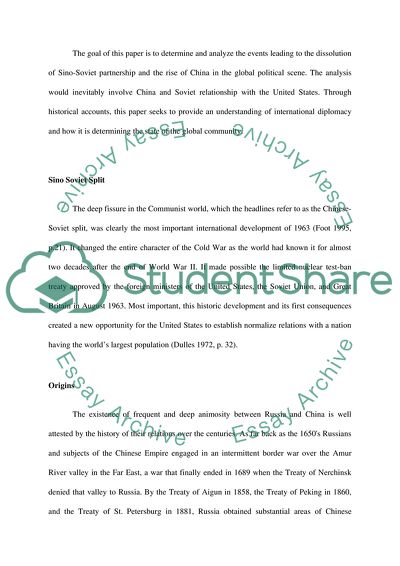Cite this document
(China's Accession to the Western Hemisphere Research Paper, n.d.)
China's Accession to the Western Hemisphere Research Paper. Retrieved from https://studentshare.org/history/1737234-uschinese-foreign-relations-from-sino-soviet-split-to-nixons-visit-to-beijing
China's Accession to the Western Hemisphere Research Paper. Retrieved from https://studentshare.org/history/1737234-uschinese-foreign-relations-from-sino-soviet-split-to-nixons-visit-to-beijing
(China'S Accession to the Western Hemisphere Research Paper)
China'S Accession to the Western Hemisphere Research Paper. https://studentshare.org/history/1737234-uschinese-foreign-relations-from-sino-soviet-split-to-nixons-visit-to-beijing.
China'S Accession to the Western Hemisphere Research Paper. https://studentshare.org/history/1737234-uschinese-foreign-relations-from-sino-soviet-split-to-nixons-visit-to-beijing.
“China'S Accession to the Western Hemisphere Research Paper”, n.d. https://studentshare.org/history/1737234-uschinese-foreign-relations-from-sino-soviet-split-to-nixons-visit-to-beijing.


